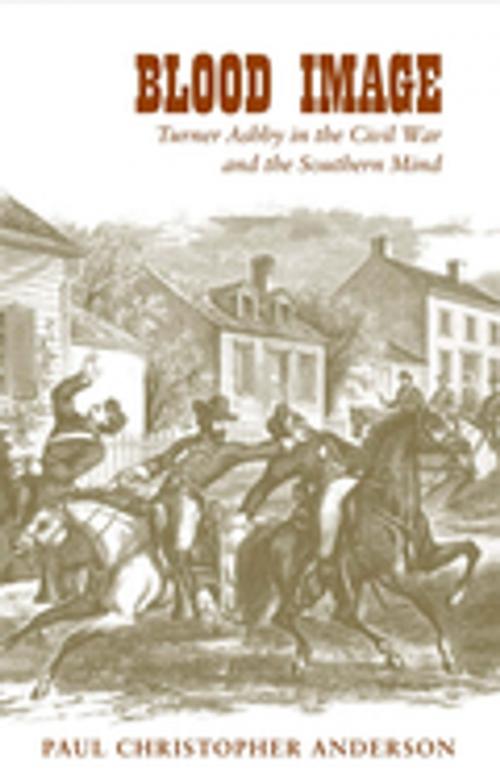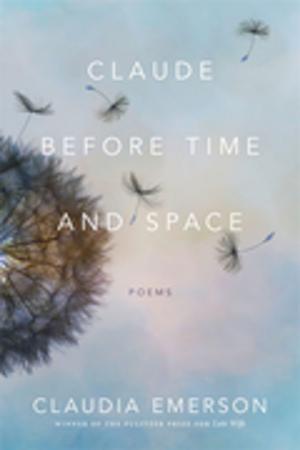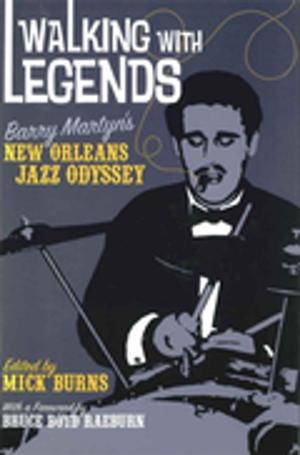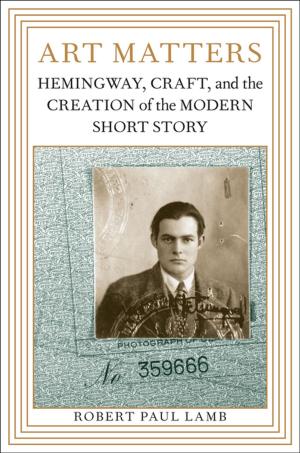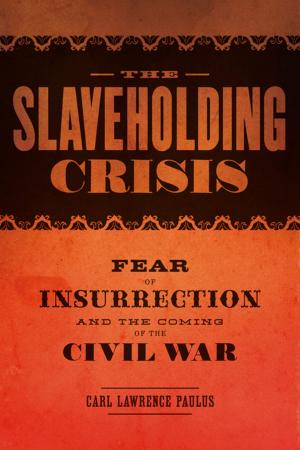Blood Image
Turner Ashby in the Civil War and the Southern Mind
Nonfiction, History, Americas, United States, Civil War Period (1850-1877)| Author: | Paul Christopher Anderson | ISBN: | 9780807152362 |
| Publisher: | LSU Press | Publication: | March 21, 2006 |
| Imprint: | LSU Press | Language: | English |
| Author: | Paul Christopher Anderson |
| ISBN: | 9780807152362 |
| Publisher: | LSU Press |
| Publication: | March 21, 2006 |
| Imprint: | LSU Press |
| Language: | English |
With Blood Image, Paul Anderson shows that the symbol of a man can be just as important as the man himself. Turner Ashby was one of the most famous fighting men of the Civil War. Rising to colonel of the 7th Virginia Cavalry, Ashby fought brilliantly under Thomas J. "Stonewall" Jackson during the 1862 Shenandoah Valley campaign until he died in battle. Anderson demonstrates that Ashby's image -- a catalytic, mesmerizing, and often contradictory combination of southern antebellum cultural ideals and wartime hopes and fears -- emerged during his own lifetime and was not a later creation of the Lost Cause. The stylistic synergy of Anderson's startling narrative design fuels a poignant irony: men like Ashby -- a chivalrous, charismatic "knight" who had difficulty complying with Stonewall Jackson's authority -- become trapped by the desire to have their real lives reflect their imagined ones.
With Blood Image, Paul Anderson shows that the symbol of a man can be just as important as the man himself. Turner Ashby was one of the most famous fighting men of the Civil War. Rising to colonel of the 7th Virginia Cavalry, Ashby fought brilliantly under Thomas J. "Stonewall" Jackson during the 1862 Shenandoah Valley campaign until he died in battle. Anderson demonstrates that Ashby's image -- a catalytic, mesmerizing, and often contradictory combination of southern antebellum cultural ideals and wartime hopes and fears -- emerged during his own lifetime and was not a later creation of the Lost Cause. The stylistic synergy of Anderson's startling narrative design fuels a poignant irony: men like Ashby -- a chivalrous, charismatic "knight" who had difficulty complying with Stonewall Jackson's authority -- become trapped by the desire to have their real lives reflect their imagined ones.
